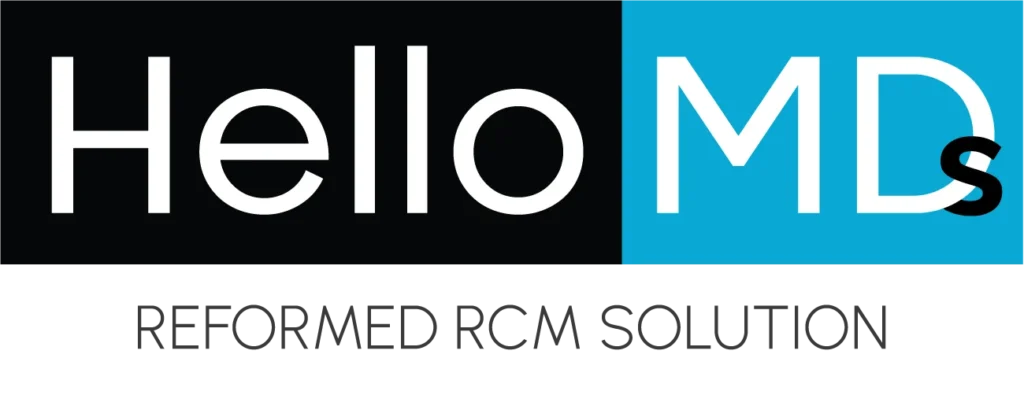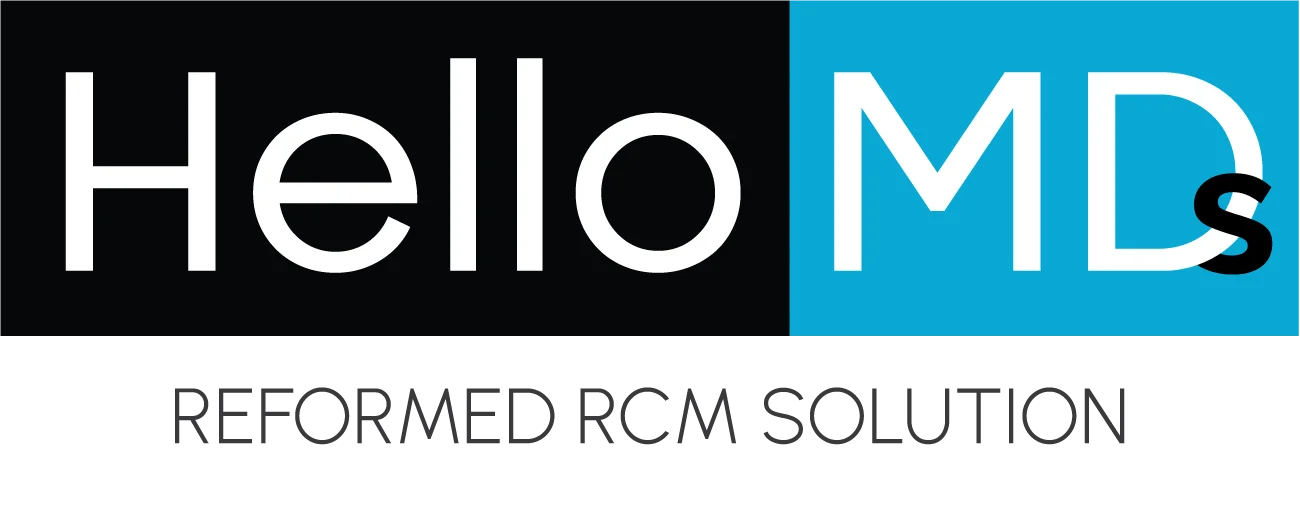CPT (Current Procedural Terminology) codes are utilized by healthcare professionals to describe the procedures, services, and medical examinations they carry out. These codes are vital to ensure the accuracy of reporting and billing of healthcare-related services. One of them includes CPT 93306, which is utilized to perform echocardiography procedures. In this blog, we’ll discuss what CPT Code 93306 is, what it covers, and its importance to clinical practice.
What is CPT Code 93306?
CPT code 93306 refers to transthoracic echocardiography (TTE), which uses ultrasound to diagnose the heart. This particular code is used to perform a full transthoracic echocardiogram, which includes Doppler color flow mapping. Essentially, it’s an imaging diagnostic procedure used to evaluate the functionality and structure of the heart, including the valves, chambers, and blood vessels that surround it. The method is extensively used to identify and assess different heart diseases.
Key Components of CPT Code 93306
To help you understand, here’s what CPT Code 93306 typically includes:
Transthoracic Echocardiogram (TTE):
This is the most common ultrasound test that gives pictures of your heart using sound waves. Healthcare professionals can examine the heart’s chambers, valves, and surrounding structures to assess their size, shape, and function.
Complete Study:
The code outlines a full study, which means it covers multiple views and a thorough analysis of the heart. A comprehensive study typically includes examining the walls of the heart chambers, valves, and blood flow within the heart.
Doppler Color Flow Mapping:
Doppler imaging is utilized to monitor blood flow through the heart’s chambers and valves. It helps to determine abnormal blood flow or conditions such as stenosis (narrowing of blood vessels) or regurgitation (backflow of blood), as well as other conditions that are significant indications of heart disease. The color flow map gives an image representation of blood flow, increasing the ability to detect and identify specific ailments.
Why is CPT 93306 Important?
Transthoracic echocardiography using Doppler Color Flow Mapping is a noninvasive, extremely valuable diagnostic instrument. It gives clear images and vital information on the operation of the circulatory system and heart that is crucial to diagnosing a variety of cardiovascular diseases, for example:
Utilizing CPT 93306, health professionals can evaluate the heart’s function, blood flow, and any structural problems that could be present and help formulate an accurate diagnosis and a proper treatment plan for their patients.
Who Performs the Procedure?
Transthoracic echocardiography is usually performed by a qualified Sonographer or an Echocardiography Technician. However, a doctor or cardiologist who is an expert in heart disease typically analyzes the results. The procedure usually lasts 30 to 60 minutes.
Indications for CPT 93306
CPT 93306 can be utilized in patients who exhibit symptoms that indicate the presence of heart problems or if more investigation is required to assess a known heart disease. The most common reasons for this procedure are:
How CPT 93306 is Used in Diagnosis and Treatment
CPT Code 93306 is used to provide crucial information about the heart’s condition. It can assist in:
Diagnosis:
Echocardiograms can help identify heart-related conditions that affect the heart, such as heart valve problems and chamber enlargement, as well as abnormalities in the heart’s structure. In the event of suspicion of heart disease, they are usually the first step in a thorough investigation.
Treatment Planning:
The precise images and information collected during the procedure aid physicians in choosing the most effective treatment option, whether lifestyle modifications, medication, or even surgery.
Monitoring:
For patients suffering from chronic heart problems such as heart failure, an echocardiogram can help doctors track the changes in their condition over time, determine whether treatments are effective, and make any necessary adjustments.
Reimbursement for CPT Code 93306
In terms of payment, CPT 93306 is typically covered by Medicare and other insurance companies. However, the amount that is reimbursed will vary depending on the individual’s insurance plan, the place of the procedure, and the contract signed by the healthcare provider with insurance companies. Healthcare professionals must ensure that the coding is accurate to ensure proper reimbursement.
Differences Between CPT 93306 and Other Related Codes
There are several codes related to echocardiography, each one indicating different types of studies or degrees of image. This is how CPT 93306 compares against all of them:
How Hello MDs Streamlines the Use of CPT Code 93306 in Cardiovascular Care
Hello MDs simplifies the use of CPT code 93306 by providing an efficient, integrated platform that makes it easier to manage the procedure of scheduling and performing transthoracic echocardiograms using Doppler color flow mapping. Through their user-friendly interface, healthcare professionals can quickly access the tools needed to perform the procedure, improve the management of patient information, and ensure accurate coding and billing. This decreases administrative burden and improves the process for cardiology procedures, enabling rapid diagnosis and efficient treatment scheduling. Through the automation of key elements, the Hello MDs platform allows healthcare professionals to focus more on patient care while also making sure that they comply with industry standards.
Conclusion
CPT Coding 93306 has become a vital component of modern cardiology. It provides healthcare professionals with an opportunity to evaluate the heart’s health in detail using a noninvasive procedure that could detect a variety of heart ailments. When used for diagnosis, monitoring, or treatment planning, the transthoracic echocardiogram, which includes Doppler colour flow mapping, can provide vital information about a person’s heart health.
With the help of CPT 93306, cardiovascular specialists can ensure that they collect the required details to make informed choices regarding patient treatment, helping to improve outcomes and the quality of life for patients who suffer from cardiovascular conditions.


